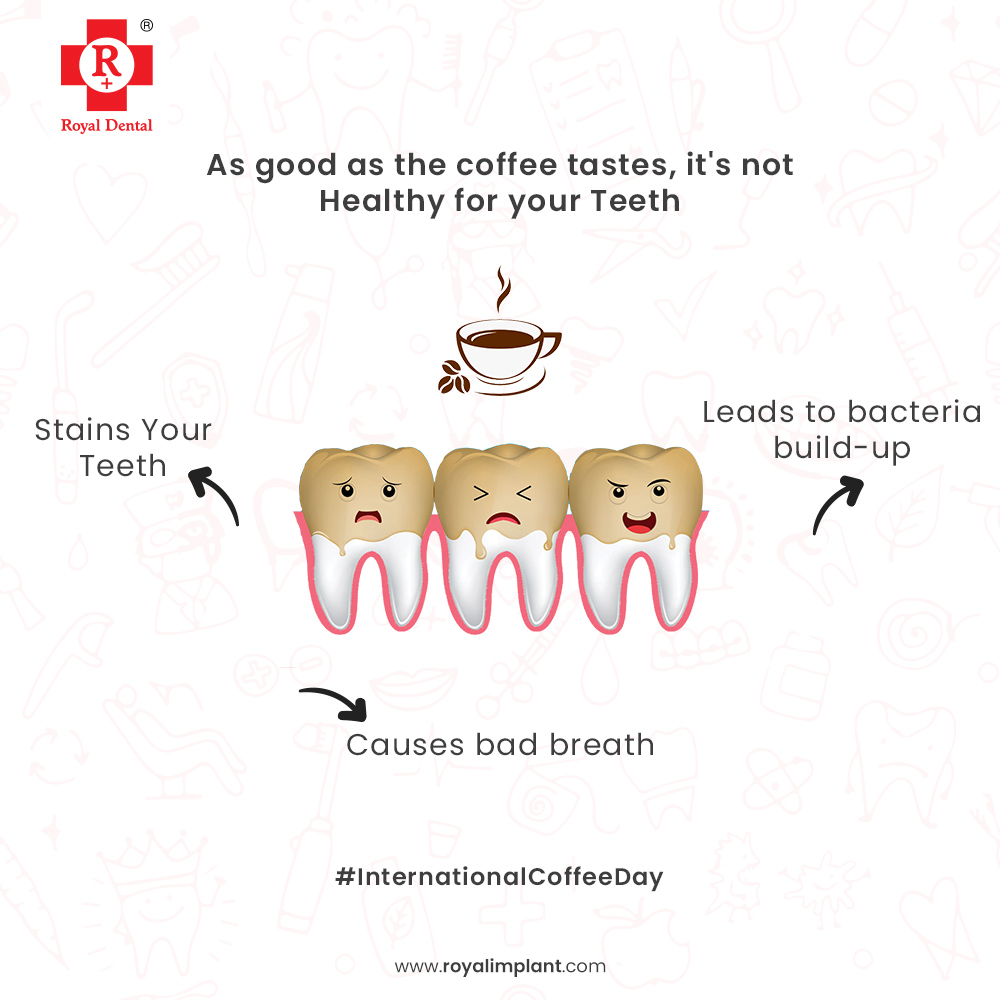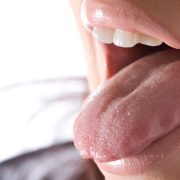Are those lingering coffee stains on your teeth making it difficult for your teeth to shine? We understand that many people make drinking coffee in the morning a daily ritual, but it has a price. Your smile may suffer greatly from the ugly coffee stains. But fret not! We’ll be honest about how to avoid those annoying coffee stains on teeth in this post. We have useful advice that won’t make you give up your favorite beer; don’t let it constrain your style. We’ll show you how to keep your teeth shining while enjoying every sip, from easy dental practices to wise beverage selections. Come with me as we explore how to drink coffee without getting coffee stains on our teeth!
Why does Coffee Cause Stains?
High Acidity and its Impact on Enamel
Coffee has a low pH, making it naturally acidic. The tooth’s outer layer of enamel, which provides protection, may be weakened by this acidity. Weakened enamel is more vulnerable to discoloration. Coffee’s acidic content fosters an environment that makes coloured chemicals stick to the enamel surface.
Presence of Tannins in Coffee
Coffee contains chemical molecules called tannins, which are largely responsible for tooth discoloration. These substances stick to the enamel with ease, creating a coating that eventually causes teeth to become discolored. Because tannins are so obstinate, taking proactive steps to lessen their effects is necessary.
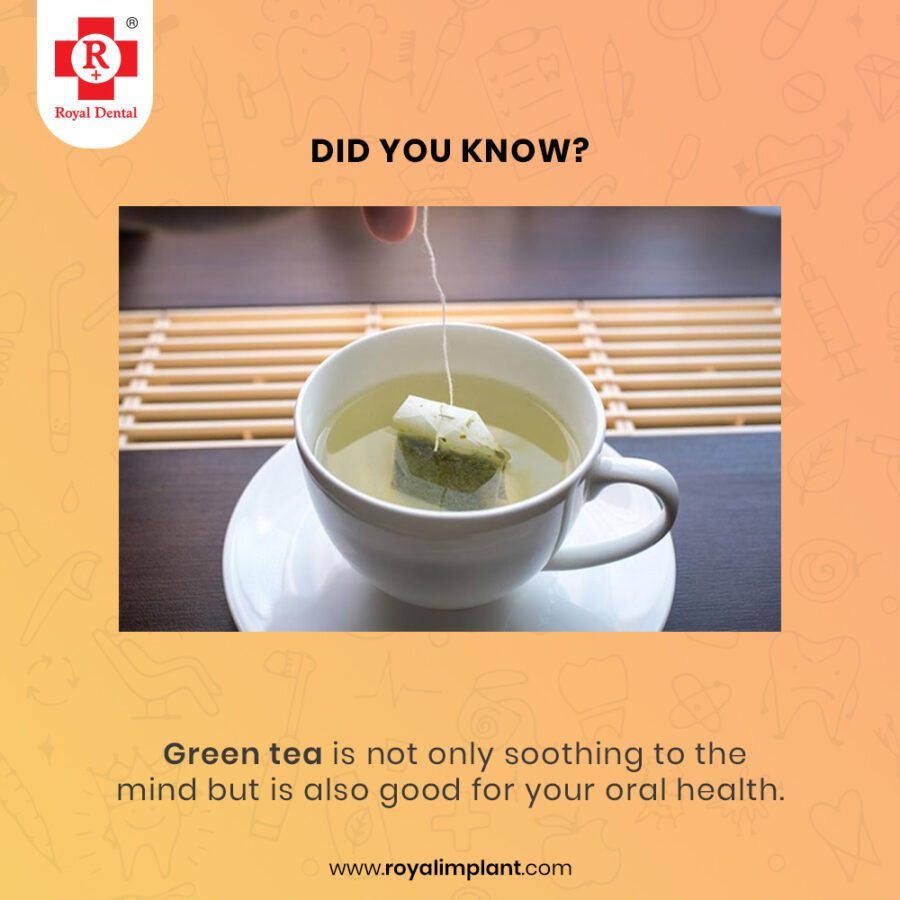
Statistics on Coffee Stains
Recent Studies on Coffee Consumption and Dental Health
There is a strong link between coffee drinking and oral health, according to recent studies. How frequent coffee-related dental issues are as demonstrated by a study conducted on a broad variety of age groups and demographics. These findings highlight the necessity of taking practical precautions to counteract coffee’s staining effects.
Surprising Facts about the Frequency of Coffee-Related Teeth Discoloration
Examining dental data reveals startling information regarding the frequency of coffee-related tooth discoloration. Contrary to popular belief, staining is influenced by both the quantity and frequency of coffee consumption. For those who want to balance having their favorite beverage with keeping a smile on their face, it’s important to comprehend these patterns.
How Stains Develop on Teeth?
Formation of Extrinsic and Intrinsic Stains
There are two types of coffee stains on teeth: intrinsic and extrinsic. Teeth’s surface is home to extrinsic stains, which are primarily caused by external factors like the colorful components of coffee adhering to the enamel. Conversely, intrinsic stains are more deeply ingrained discolorations in the tooth’s structure and are frequently caused by things like long-term coffee exposure.
Impact on Tooth Enamel and Dentin
Coffee discolorations affect the tooth’s dentin as well as its enamel. Coffee’s acidic and colored ingredients target the enamel first because it is the outermost protective layer. These stains eventually pierce the enamel, making their way to the dentin and deepening the discoloration. Developing successful preventative interventions requires an understanding of this dual impact.
Dr. Chirag Chamria’s Expert Tips for Coffee Lovers
Importance of Using Fluoride Toothpaste
The importance of fluoride toothpaste in the fight against coffee stains is emphasized by Dr. Chirag Chamria. Teeth enamel is strengthened by fluoride, which increases its resistance to acidic substances like coffee. Adding fluoride toothpaste to your daily oral hygiene regimen serves as a preventative measure against the possible damage that coffee may do to your teeth.
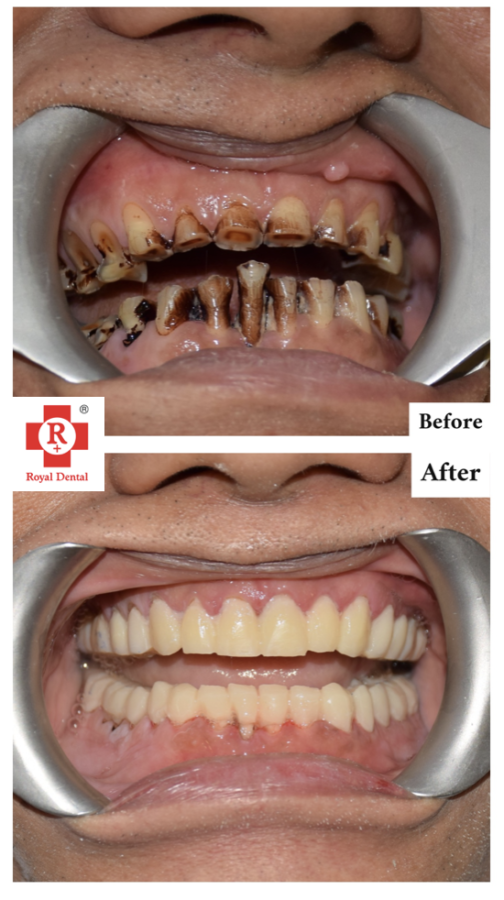
Brushing Frequency for Coffee Enthusiasts
If you’re a serious coffee drinker, Dr. Chamria suggests brushing your teeth strategically. Coffee-related surface stains should ideally be erased if you brush your teeth as soon as possible to prevent further damage. Though the acidity of the coffee momentarily softens enamel, increasing its vulnerability to injury, be careful when brushing your teeth afterward.
Strategic Timing of Coffee Consumption
Recommendation for Reducing Stain During Coffee Breaks
Dr. Chamria suggests that those who enjoy coffee plan their coffee breaks carefully. Instead of drinking your coffee all day, think about taking sips during the specified breaks. This shortens the exposure period and lessens the chance of stains. In order to lessen acidity, consider rinsing with water after drinking coffee.
Role of Water in Minimising Staining Effects
When it comes to fighting coffee stains, water comes out on top. Drinking water with your coffee will help remove colored chemicals and balance acidity, according to Dr. Chamria. This easy habit works as a great deterrent to coffee’s staining properties, in addition to encouraging hydration.
Dental Hygiene Hacks
When it comes to removing coffee stains, not all mouthwashes are made equal. Choose a mouthwash that is alcohol-free and has anti-stain qualities. Certain ingredients, including cetylpyridinium chloride or hydrogen peroxide, are well known for their ability to remove stains. To help create a brighter smile, these formulas actively break down and rinse away coloured particles.
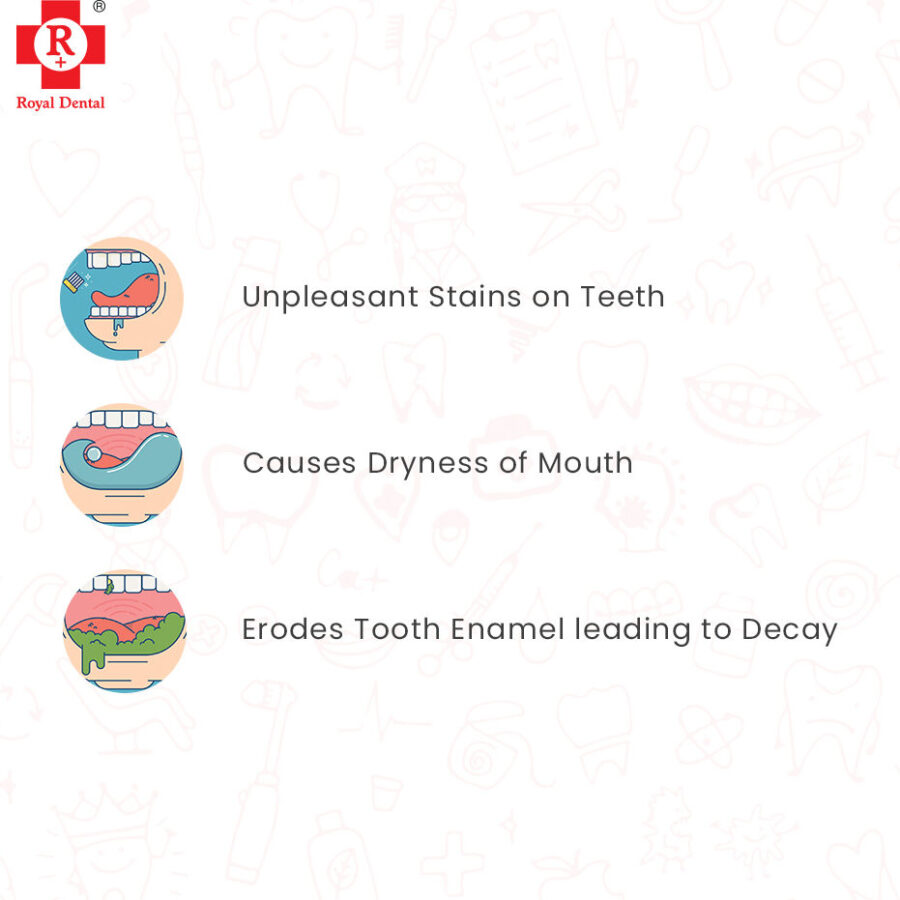
Although Dr. Chamria emphasizes moderation, it is advisable to use mouthwash in your oral hygiene regimen. Certain mouthwashes, especially those that include alcohol, might cause dry mouth when used excessively, which may exacerbate discoloration. To optimize mouthwash’s stain-fighting properties, use it in addition to brushing and flossing—ideally right after your daily cup of coffee.
Benefits of Chewing Sugar-Free Gum
Unexpectedly, gum without sugar might be a helpful friend in the fight against stains on your teeth. Chewing gum encourages the production of saliva, which naturally cleans teeth. Saliva production aids in balancing acidity, removing lingering coffee grounds, and preserving ideal mouth pH levels. Select gums that have been sweetened with xylitol to further prevent cavities.
Seek out gums without added sugar that are not only clean but also support the health of the enamel. Certain gums have components that actively enhance tooth enamel, such as calcium phosphate. Choose gum that strengthens enamel to provide an additional line of protection against the potentially harmful effects of coffee.
Dr. Chirag Chamria’s Dental Treatments
Frequency and Importance
To properly prevent coffee stains, Dr. Chirag Chamria recommends having frequent professional tooth cleaning appointments. Although every six months is normally advised, the frequency of these checkups may vary depending on each person’s individual needs for dental health. In order to remove plaque, tartar accumulation, and tenacious stains that routine brushing may miss, professional cleanings are necessary. This preventive action guarantees general oral health, in addition to making teeth appear whiter.
Role of Dental Hygienists in Stain Removal
During in-office teeth cleaning treatments, dental hygienists are essential in removing stains. They can identify and get rid of coffee stains that have built up over time by using specific instruments. With their extensive cleaning and polishing experience, you can be confident that your teeth will appear beautiful and resist the damaging effects of stains for a long time.
Teeth-Whitening Procedures
Overview of Different Whitening Options
Dr. Chamria gives a summary of the several teeth-whitening solutions that are accessible to patients. These consist of in-office procedures done by dentists as well as at-home choices like whitening kits and strips. While at-home solutions offer convenience, they may require more prolonged usage for apparent effects. In-office procedures often entail the use of stronger whitening agents and may yield speedier results.
Pros and Cons of At-Home vs. In-Office Treatments
A comparison of in-office and at-home teeth-whitening methods is provided by Dr. Chamria. Professional supervision ensures safety and accuracy during in-office treatments. For people who want results right away, they are perfect. At-home alternatives, on the other hand, offer greater freedom but could need regular use over a longer time frame. The ability to discern these subtleties enables people to select the approach that best suits their tastes and way of life.
Conclusion
Keep in mind to drink sensibly, apply deliberate oral hygiene techniques, and consider professional interventions in your pursuit of a stain-free smile. The insights provided by Dr. Chirag Chamria underscore the significance of a collaborative strategy that blends attentive personal care with consistent professional supervision. The cornerstones of avoiding coffee stains are proper tooth care, optimal brushing, and conscientious coffee consumption. Speak with Dr. Chirag Chamria for individualized guidance based on your particular needs regarding dental health. Let’s work together to discover the key to keeping your smile radiant and free of coffee stains.

